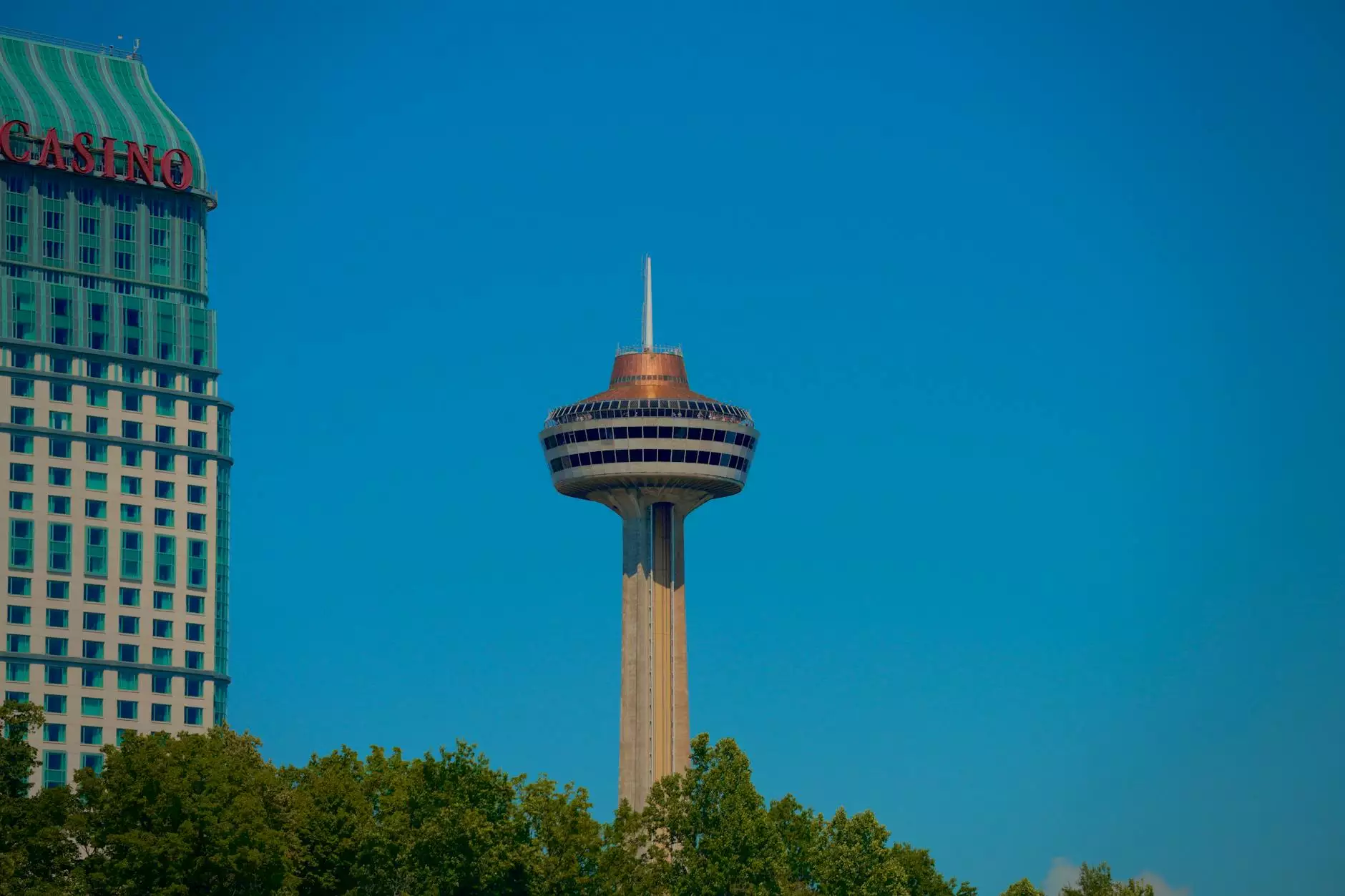Understanding Wet Lease: A Comprehensive Guide for Aviation Services

In the ever-evolving aviation industry, understanding the nuances of leasing agreements is crucial for businesses looking to optimize their operations. One of the most significant and strategic leasing options available is the wet lease. In this article, we delve into what a wet lease entails, its advantages, disadvantages, and its role within the broader context of aviation services.
What is a Wet Lease?
A wet lease refers to a leasing arrangement where one airline (the lessor) provides an aircraft, complete crew, maintenance, and insurance (ACMI) to another airline (the lessee). This arrangement allows the lessee to operate the aircraft without the need for them to manage crew logistics, maintenance schedules, or insurance concerns. Instead, the lessor assumes responsibility for these integral aspects, thus simplifying operations for the lessee.
The Key Components of a Wet Lease
The essential components of a wet lease include:
- Aircraft: The lessor provides the aircraft, which can vary in size and model based on the lessee's requirements.
- Crew: The lessor is responsible for supplying all crew members, including pilots and cabin crew, ensuring compliance with regulatory standards.
- Maintenance: Ongoing maintenance and servicing of the aircraft are managed by the lessor, reducing the operational burden on the lessee.
- Insurance: The lessor typically retains the insurance coverage for the aircraft, safeguarding both parties against unforeseen issues.
Advantages of Wet Leasing
Choosing a wet lease arrangement offers numerous benefits for airlines and aviation service providers:
1. Increased Flexibility
Wet leasing provides airlines with the flexibility to respond rapidly to sudden increases in demand, whether it be due to seasonal tourism peaks or unexpected operational requirements. This adaptability is key to maximizing revenue opportunities.
2. Reduction in Capital Expenditure
One of the most appealing aspects of a wet lease is the reduction in capital expenditures. Airlines can avoid the significant upfront costs associated with purchasing aircraft by opting for a lease, allowing them to allocate resources to other operational areas.
3. Operational Efficiency
By outsourcing crew and maintenance responsibilities to the lessor, airlines can focus on their core business, enhancing overall operational efficiency. This arrangement allows lessees to scale operations without the complexities of hiring or training new staff.
4. Risk Mitigation
Wet leasing serves as an effective strategy for risk mitigation. Should an aircraft require unexpected repairs or maintenance, the lessee can continue their operations seamlessly, as the lessor is responsible for ensuring that the aircraft remains in serviceable condition.
Disadvantages of Wet Leasing
While a wet lease presents many benefits, it's essential to consider some potential downsides:
1. Higher Costs Over the Long Term
Although initial costs may be lower with a wet lease, the long-term expenses could exceed those of outright ownership, especially for airlines that require aircraft for extensive periods.
2. Less Control over Operations
With the lessor managing operations, lessees may have less control over the crew and aircraft performance, which could impact the service quality delivered to their passengers.
When Should Airlines Consider a Wet Lease?
Determining when to engage in a wet lease involves assessing various factors. Airlines should consider a wet lease when:
- Experiencing Fluctuating Demand: During peak travel seasons or special events, wet leases can provide the necessary aircraft capacity.
- Launching New Routes: Airlines venturing into new markets may utilize wet leases to test demand without making a long-term financial commitment.
- Managing Unexpected Operational Disruptions: If an airline faces grounding issues or fleet limitations, a wet lease can ensure service continuity.
Types of Leasing Agreements in Aviation
In the broader context of aircraft leasing, there are several types of agreements. Understanding these can help aviation businesses make informed decisions:
- Wet Lease: As discussed, this includes the aircraft, crew, maintenance, and insurance.
- Damp Lease: Similar to a wet lease, but the lessee provides some of their crew members while the lessor supplies the aircraft and other necessary services.
- Dry Lease: The lessor provides only the aircraft without crew. The lessee is entirely responsible for the operation, including all crew and maintenance considerations.
The Global Landscape of Wet Leasing
Globally, the wet lease market is thriving, driven by various factors:
1. Increasing Demand for Charter Services
With the rise of chartered flights and fractional ownership models, many operators are turning to wet leasing as a means to enhance service offerings without the burden of aircraft ownership.
2. Airlines Seeking to Cut Operational Costs
As airlines strive to maintain profitability amid fluctuating travel demands and rising costs, wet leases provide a viable solution to optimize capacity without incurring heavy expenses.
3. Regulatory Pressures
Regulations in various regions impose strict operational standards that may favor wet leasing arrangements, particularly for new entrants trying to break into established markets.
Case Studies: Successful Wet Leasing in Action
Several airlines have successfully leveraged wet leasing strategies to bolster their operations:
1. Case Study: AirAsia and the Expansion of Services
AirAsia utilized wet leasing to quickly expand its operational capabilities during high-demand periods, such as festive seasons across Southeast Asia, allowing them to serve a greater number of passengers without the delays associated with acquiring new aircraft.
2. Case Study: European Airlines Collaborating for Efficiency
Various European regional airlines have engaged in wet leases among themselves during off-peak seasons, optimizing costs while ensuring that they are prepared for sudden bursts in travel demands.
The Future of Wet Leasing in Aviation
As the aviation industry continues to innovate, the role of wet leasing will likely expand. With advancements in aircraft technology, operational efficiencies, and shifting market demands, wet leasing is poised to remain a pivotal strategy for airlines aiming to remain competitive in an increasingly complex environment.
1. Emphasis on Sustainability
As the aviation sector faces growing scrutiny regarding environmental impacts, wet leasing may provide a solution by allowing airlines to utilize newer, more fuel-efficient aircraft on a temporary basis without the substantial financial outlay required for ownership.
2. Technological Innovations
Emerging technologies in aviation such as data analytics and operational software will likely complement wet lease agreements, providing real-time data to optimize crew management and flight operations.
Conclusion
In conclusion, the wet lease model presents a flexible, efficient, and strategic option for airlines seeking to manage their fleets with reduced risk and up-front investment. By understanding the mechanics, advantages, and potential drawbacks of wet leasing, aviation businesses can optimize their operational strategies, ensuring they stay ahead of industry trends and demands.
For aviation services looking to enhance their capabilities without heavy investments, exploring wet lease options with reputable providers like Jazz Jet Aviation can lead to unparalleled operational success and customer satisfaction.









